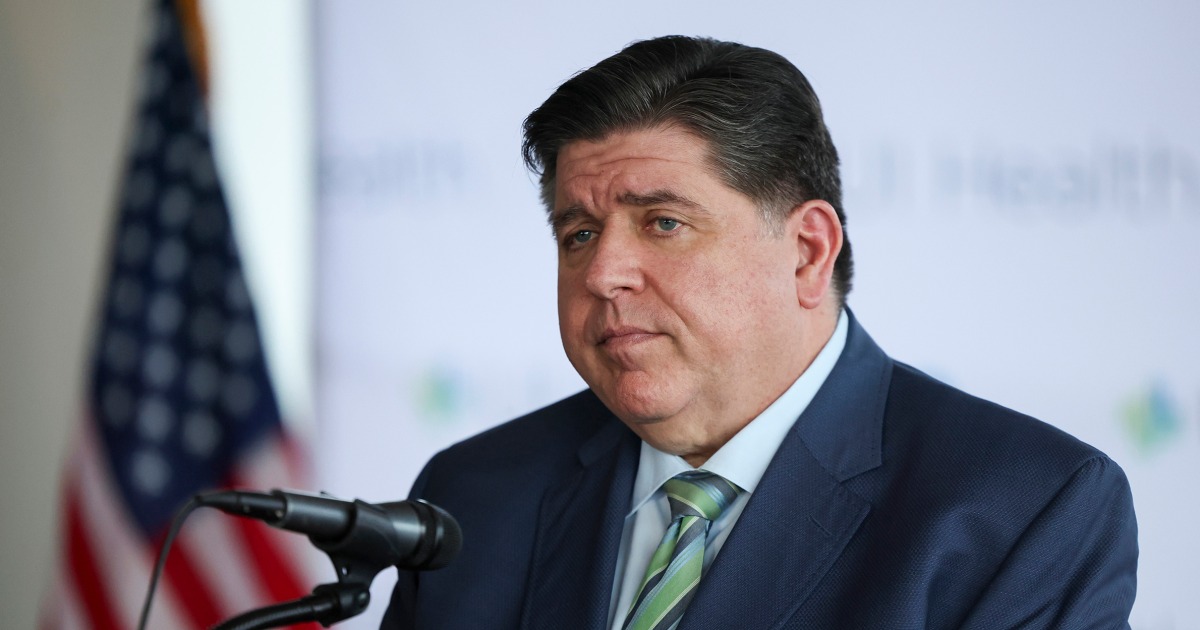Bomb Threat on Florida Plane Prompts Evacuation; No Explosives Found
Table of Contents
- 1. Bomb Threat on Florida Plane Prompts Evacuation; No Explosives Found
- 2. Flight Evacuated After Bomb threat Revelation
- 3. Impact on Air Travel Safety Perceptions
- 4. Increased Security Measures and Public Response
- 5. Addressing Counterarguments: Is Air Travel Still Safe?
- 6. The Broader Context: Aviation Security in the 21st Century
- 7. FAQ: Understanding Air Travel safety and Security
- 8. What are the specific details of the bomb threat incident at St.petersburg-Clearwater International Airport (PIE)?
- 9. Bomb Threat on Florida Plane: an Interview with Aviation security Expert, Evelyn Reed
- 10. Understanding the Incident: What Happened and Why it Matters
- 11. The Psychology of Threats and Passenger Anxiety
- 12. Security measures and Their Effectiveness
- 13. Investing in Aviation Security Technology
- 14. The Role of the Public and Federal Penalties
- 15. Addressing the Public’s Concerns About Safety
- 16. Looking Ahead and Inviting Feedback
An Allegiant Airways flight was evacuated at St. Petersburg-Clearwater International Airport after a bomb threat was discovered.Authorities investigated and found no explosives.
Flight Evacuated After Bomb threat Revelation
Passengers on an Allegiant Airways flight experienced a scare Friday when a bomb threat was found onboard, leading to the plane’s evacuation. According to the Pinellas County Sheriff’s Office, a flight attendant on Allegiant Airways Flight 2006, which was scheduled to depart from the St. Petersburg-Clearwater International Airport (PIE) to Cincinnati, Ohio, discovered “the note about a bomb threat on a bathroom door.” The pilot promptly halted the plane and evacuated all passengers onto the tarmac.
“Deputies were investigating the bomb threat,and no injuries were reported,” officials said. After a thorough search, no explosives were found, and the airport resumed normal operations after a temporary closure.
Impact on Air Travel Safety Perceptions
The incident occurs amidst growing concerns about air travel safety in the United States.While air travel remains statistically one of the safest modes of transportation, several high-profile incidents and near-misses have contributed to heightened anxiety among passengers.
“The threat came as recent polling by the Associated Press-NORC Center for Public Affairs Research shows that fewer Americans report feeling safe about flying this year.” This sentiment is reflected in recent surveys, which indicate a slight but noticeable increase in the number of americans who express apprehension about flying.The Transportation Security Governance (TSA) projects record travel numbers this summer, possibly exacerbating passenger stress and security concerns.
Increased Security Measures and Public Response
Following the incident, authorities at St. Petersburg-Clearwater International Airport have increased security measures, including enhanced screening procedures and increased K-9 unit patrols. The FBI is assisting the pinellas County Sheriff’s Office in the ongoing investigation to identify the individual responsible for the bomb threat. Making false threats against airliners is a federal crime that carries critically important penalties, including hefty fines and imprisonment.
Similar incidents have occurred in the past, prompting increased scrutiny and revised security protocols nationwide. In 2024, a similar bomb threat on a Delta Air Lines flight in Atlanta led to a full-scale emergency response and a temporary shutdown of Hartsfield-Jackson Atlanta International Airport, the world’s busiest airport. While no explosives were found in that case, the incident caused significant disruptions and cost the airline millions of dollars.
Addressing Counterarguments: Is Air Travel Still Safe?
While incidents like the bomb threat in St. Petersburg understandably raise concerns, it’s important to maintain perspective on the overall safety of air travel. Despite the increase in reported anxieties and isolated incidents, the airline industry continues to invest heavily in security technology, staff training, and enhanced protocols to mitigate risks.
The Federal Aviation Administration (FAA) and TSA work collaboratively to set and enforce stringent safety regulations. Furthermore, advancements in aircraft technology, air traffic control systems, and pilot training have significantly contributed to reducing accident rates over the past decades. While fear of flying is a real and valid emotion, statistically, air travel remains remarkably safe compared to other forms of transportation, such as driving.
The Broader Context: Aviation Security in the 21st Century
The St. Petersburg incident serves as a reminder of the ongoing challenges faced by aviation security professionals in the 21st century. As threats evolve and become more refined, security agencies must adapt their strategies to stay ahead of potential risks. This includes investing in cutting-edge technology, such as advanced imaging technology (AIT) and explosive detection systems (EDS), and also enhancing intelligence gathering and information sharing among agencies.
experts emphasize the importance of a layered security approach that combines technology,human intelligence,and public awareness to effectively deter and prevent attacks. Regular security drills and exercises are also crucial to ensure that airport personnel and emergency responders are prepared to handle a wide range of potential scenarios.
FAQ: Understanding Air Travel safety and Security
| Question | Answer |
|---|---|
| What should I do if I see something suspicious at the airport? | report it immediately to airport security or law enforcement personnel. Providing as much detail as possible, such as the location, description of the person or item, and any suspicious behavior you observed, can be extremely helpful. |
| How effective are airport security screenings? | airport security screenings are highly effective at detecting prohibited items and preventing potential threats from entering aircraft. The TSA employs a range of technologies and procedures to screen passengers and baggage, and these measures are constantly being updated and improved based on intelligence and risk assessments. |
| what are the penalties for making a false bomb threat at an airport? | Making a false bomb threat at an airport is a federal crime that carries severe penalties,including hefty fines and imprisonment.The exact penalties can vary depending on the specific circumstances of the case, but thay typically involve significant financial consequences and potential jail time. |
| How is the aviation industry working to improve security measures? | The aviation industry is constantly investing in new technologies, staff training, and security protocols to enhance safety and security. This includes advanced imaging technology, explosive detection systems, enhanced background checks for airport employees, and improved coordination among security agencies. |
| What can passengers do to help ensure a safe and secure travel experience? | Passengers can help by being aware of their surroundings, reporting any suspicious activity, following the instructions of airport security personnel, and packing their bags carefully to avoid bringing prohibited items.Being patient and cooperative during the screening process also contributes to a smoother and more secure travel experience for everyone. |
What are the specific details of the bomb threat incident at St.petersburg-Clearwater International Airport (PIE)?
Bomb Threat on Florida Plane: an Interview with Aviation security Expert, Evelyn Reed
Archyde’s News Editor recently spoke with Evelyn Reed, a leading aviation security consultant, to dissect the recent bomb threat incident on an Allegiant Airways flight at the St. Petersburg-Clearwater International Airport (PIE) and its broader implications for air travel safety.
Understanding the Incident: What Happened and Why it Matters
Archyde News Editor: Ms. Reed, thank you for joining us. Can you start by giving us your perspective on the recent bomb threat at PIE? What were the immediate implications of this incident?
Evelyn Reed: Thank you for having me. The immediate implications are, of course, the evacuation of the flight and the temporary closure of the airport. Beyond the immediate disruption,this type of incident triggers a comprehensive security response—extensive searches,passenger interviews,and a review of current protocols. It’s a stark reminder of the vulnerabilities and ongoing challenges in aviation security.
The Psychology of Threats and Passenger Anxiety
Archyde News Editor: We’ve seen a rise in reported anxiety surrounding air travel. How do incidents like this influence passenger perceptions of safety?
Evelyn Reed: These events undoubtedly heighten anxiety. Even a false alarm, as this one appears to be, can erode public trust. Passengers become more vigilant, and it reinforces the need for transparency from airlines and security agencies about how they address these threats.
Security measures and Their Effectiveness
Archyde News Editor: The article mentions increased security measures. Can you elaborate on the specific enhancements we might see following such an incident and the effectiveness of these measures?
Evelyn Reed: We can expect to see enhanced screening procedures—possibly increased use of K-9 units, more thorough baggage checks, and perhaps a review of passenger profiling. The effectiveness of each measure varies, but the layered approach, combining technology, human intelligence, and public awareness, is critical. The goal is to deter threats, detect them early, and minimize the impact.
Investing in Aviation Security Technology
Archyde News Editor: The industry constantly evolves in response to avoid incidents. What specific advancements in aviation security technology are most promising in mitigating risks?
Evelyn reed: Advanced imaging technology (AIT) and explosive detection systems (EDS) are crucial. AIT, such as, provides detailed images of carry-on items, reducing the need for physical searches. EDS is constantly improving to detect increasingly elegant explosives. Investing in these technologies, alongside robust training for personnel, is essential.
The Role of the Public and Federal Penalties
Archyde News Editor: The article emphasizes the importance of reporting suspicious behavior. What specifically should a passenger do if they notice something concerning? Could you also explain the serious penalties connected to false threat claims?
Evelyn Reed: Absolutely, if a passenger sees something suspicious—an unattended bag, someone acting erratically, anything that seems out of place—they should immediately report it to airport security or law enforcement. Detailed facts, like a physical description or the location, is invaluable. False bomb threats are a federal crime, and the penalties are severe: hefty fines and lengthy prison sentences. It’s no joke.
Addressing the Public’s Concerns About Safety
Archyde News Editor: Despite the increase in anxieties, air travel remains remarkably safe. Aviation security is a multifaceted area. What is the most significant thing the public can do to contribute to safety during air travel?
Evelyn Reed: Remain vigilant and report anything unusual. Always follow the instructions of airport authorities and security personnel. By understanding the procedures and being aware of their surroundings, passengers actively contribute to a safer travel experience. Furthermore, education and obvious, accurate communication from security agencies and the airlines are critical to combating fear.
Looking Ahead and Inviting Feedback
Archyde News Editor: Thank you, ms. Reed, for your valuable insights. To close, what are your thoughts on the ever-changing nature of Aviation Security, and how should the public view air travel in the years ahead?
Evelyn Reed: Aviation security is a dynamic field. Threats are ever-evolving,and so must our responses. The focus must remain on a layered security approach. The public should be assured that the industry does its best to maintain safety and that,statistically,air travel is incredibly safe. However, vigilance and engagement from all stakeholders are essential for continued advancement.
Archyde News Editor: We hope our readers gained a better understanding following this recent incident. Do you have any thoughts or opinions? Share them with us in the comments below for further discussion!







